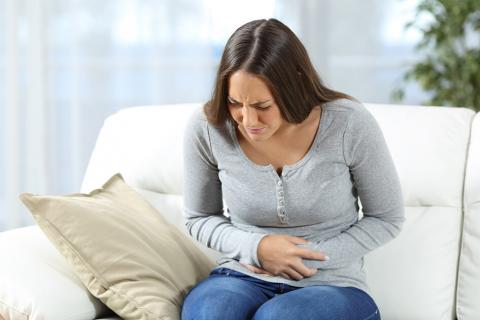
Food allergies and sensitivities
Food allergies, such as allergies to nuts or shellfish, are caused by a problem with your immune system. Food sensitivities or intolerances, such as reactions to wheat or milk, are caused by a problem with your digestive system. Food allergies can be life-threatening. A sensitivity or intolerance to a food can be uncomfortable, but it is rarely life-threatening. Also, even if you are sensitive to a food, you may still be able to enjoy it in small amounts.




